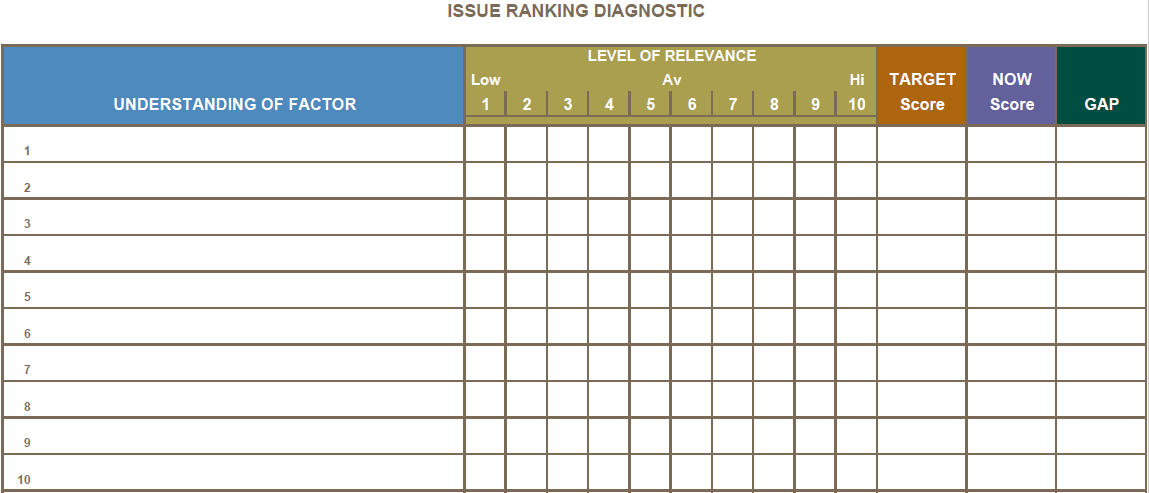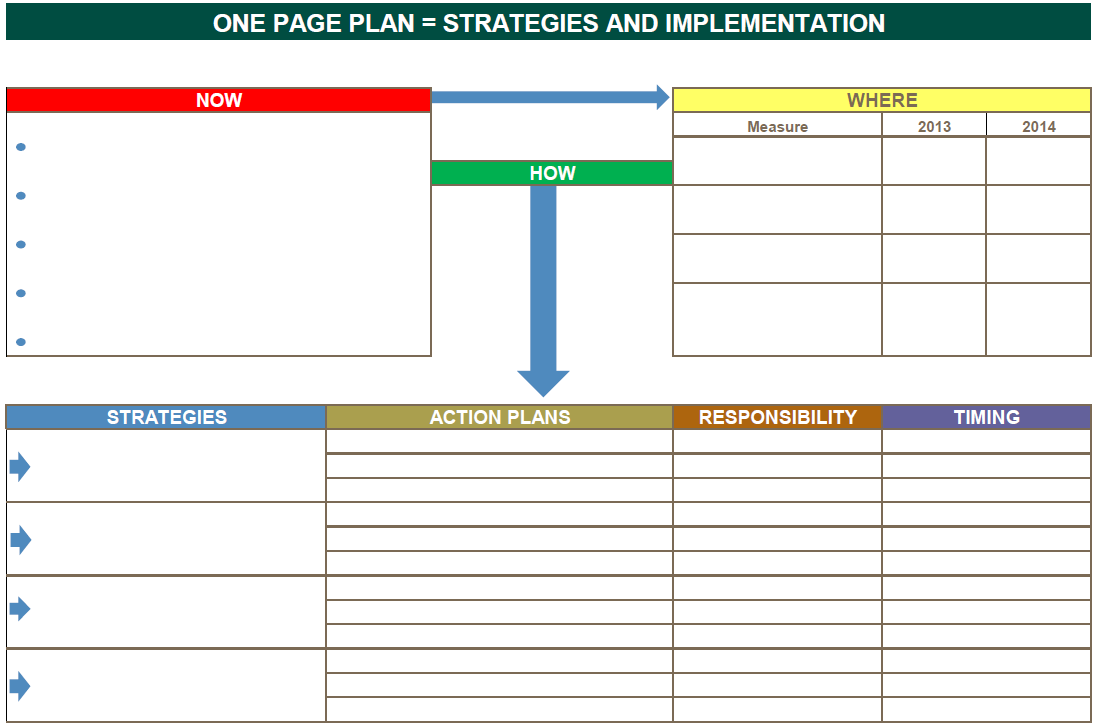Most people feel overwhelmed when thinking about what they perceive as the myriad of issues in their business. However, once they learn that there are only a few key issues and that there is a process available to deal with them, there is a sense of relief. The challenge lies in separating those core issues from the things that are merely symptoms.
Over the past four years I have studied, received professional accreditation, and partnered with business relationships on change management and process improvement. Before beginning any experience, I ask business leaders or business owners to list their key issues. After listening to their responses, I immediately follow up with another question, "How do you know these are your key issues?" Ironically, this question is more difficult to answer.
Kreischer Miller's Issue Ranking Diagnostic is a defined process that helps business leaders identify their critical issues and formulate the strategies that will render the most significant economic impact. Upon isolating the vital few from the trivial many, this process addresses the Now, Where, and How.
To try the Issue Ranking Diagnostic in your own organization, follow this process:

- Utilizing the template above, conduct an initial meeting with management to gain an understanding of the business and the perceived issues impacting strategies.
- Facilitate separate brainstorming sessions with personnel, management, and board equivalents to identify key initiatives based on the level of relevance and provide a ranking on the current status (Now score).
- Synergize the raw data obtained during all sessions to identify the most significant Gaps (defined as the difference between the level of relevance and the Now score)
- Assist in designing benchmarks or quantifiable measurements that will be used to monitor results and expected outcomes.
- Facilitate active monitoring and feedback on crucial strategies.
After the diagnostic process is completed, use the template below to create a one page plan that outlines:
- The Now: The current status of the top four identified issues.
- The Where: Ideal outcomes or results.
- The How: Strategies to obtain your desired results, including action plans for key initiatives that will drive change, the personnel who will be accountable, and the timeline for completing each action item.
To learn a bit more about how to use an issue ranking diagnostic in your business, check out the short video here. While you’re there, you can also download the exhibits used in this article.


